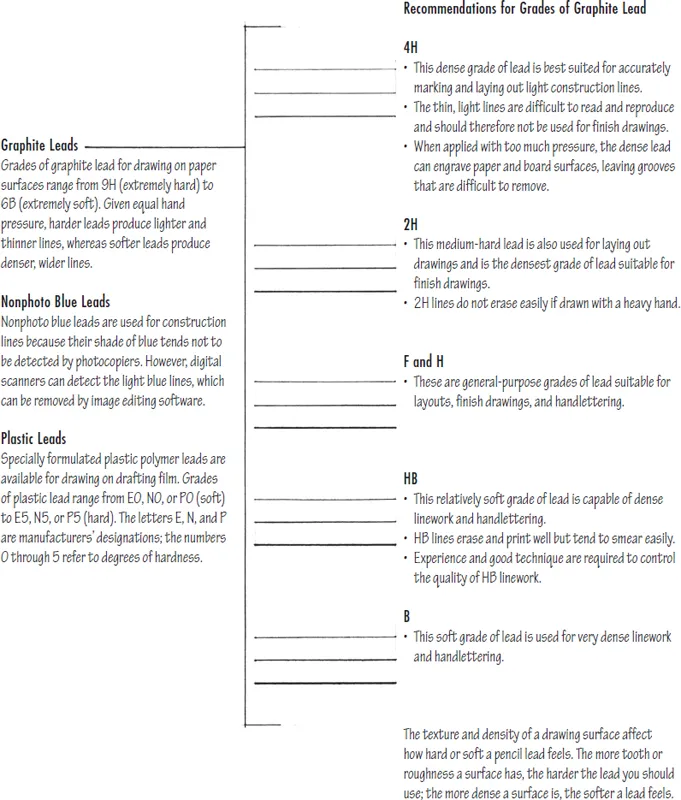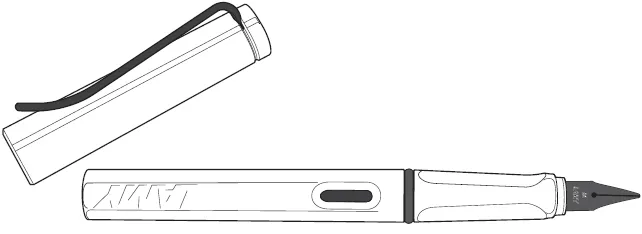
Architectural Graphics
Francis D. K. Ching
- English
- ePUB (apto para móviles)
- Disponible en iOS y Android
Architectural Graphics
Francis D. K. Ching
Información del libro
The bestselling guide to architectural drawing, with new information, examples, and resources
Architectural Graphics is the classic bestselling reference by one of the leading global authorities on architectural design drawing, Francis D.K. Ching. Now in its sixth edition, this essential guide offers a comprehensive introduction to using graphic tools and drafting conventions to translate architectural ideas into effective visual presentations, using hundreds of the author's distinctive drawings to illustrate the topic effectively. This updated edition includes new information on orthographic projection in relation to 3D models, and revised explanations of line weights, scale and dimensioning, and perspective drawing to clarify some of the most difficult concepts. New examples of modern furniture, APA facilities, and presentation layout provide more up-to-date visuals, and the Reference Center features all new animations, videos, and practice exercises.
Architectural graphics are key tools for conveying design through representation on paper or on screen, and this book is the ultimate guide to mastering the skill, then applying your talent to create more effective design communication.
- Understand multiview, paraline, and perspective drawing
- Master interior sections using a variety of techniques
- Render tonal value, enhance depth, and convey illumination
- Develop professional-quality layouts for presentations
Architectural graphics both inform the design process and serve as the means by which a design is interpreted and built. Complete mastery of the tools and conventions is essential to the successful outcome of any project, and mistakes can cause confusion, time delays, increased costs, and possible catastrophe. Architectural Graphics is the comprehensive guide to professional architectural drawing, with insight from a leading authority in the field.
Preguntas frecuentes
Información
1
Drawing Tools and Materials
Drawing Pencils

Lead Holders
- Lead holders employ standard 2 mm leads.
- The push-button action of a clutch mechanism allows the exposed length of the lead shaft to be adjusted or withdrawn when the pencil is not in use.
- The lead point, which is capable of a variety of line weights, must be kept
well sharpened with a lead pointer.

Mechanical Pencils
- Mechanical pencils use 0.3 mm, 0.5 mm, 0.7 mm, and 0.9 mm leads.
- A push-button mechanism advances the lead automatically through a
metal sleeve. This sleeve should be long enough to clear the edges of
drafting triangles and straightedges. - The relatively thin leads of mechanical pencils do not require sharpening.

Wood-Encased Pencils
- Wooden drawing pencils are typically used for freehand drawing and sketching. If used for drafting, the wood must be shaved back to expose 3/4" of the lead shaft so that it can be sharpened with sandpaper or a lead pointer.

Drawing Leads

Drawing Pens
Technical Pens

(0.13 mm) to very wide (2 mm). A starting pen set should include the four standard line widths— 0.25 mm, 0.35 mm, 0.5 mm, and 0.70 mm—specified by the International Organization for Standardization (ISO).



Fountain Pens
